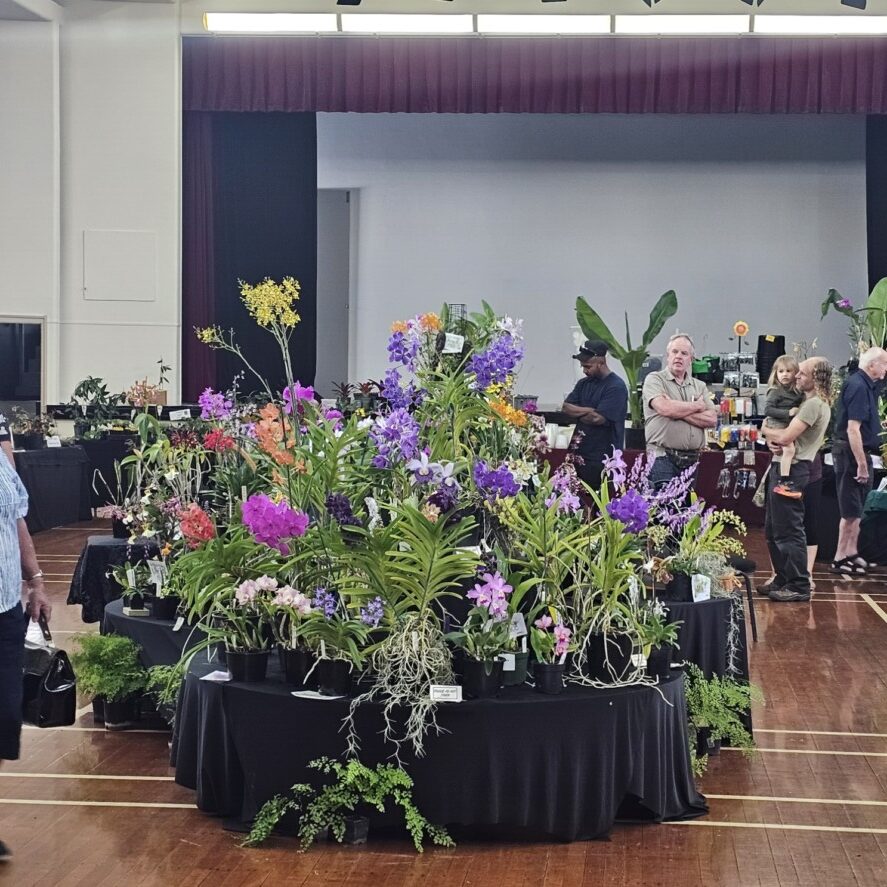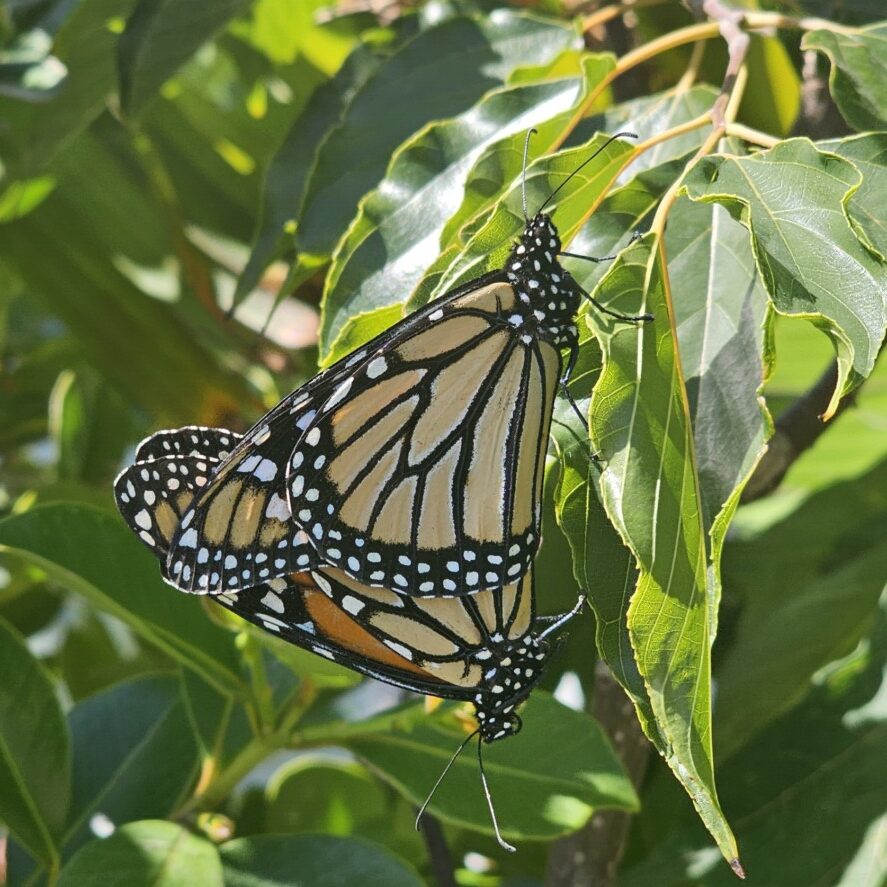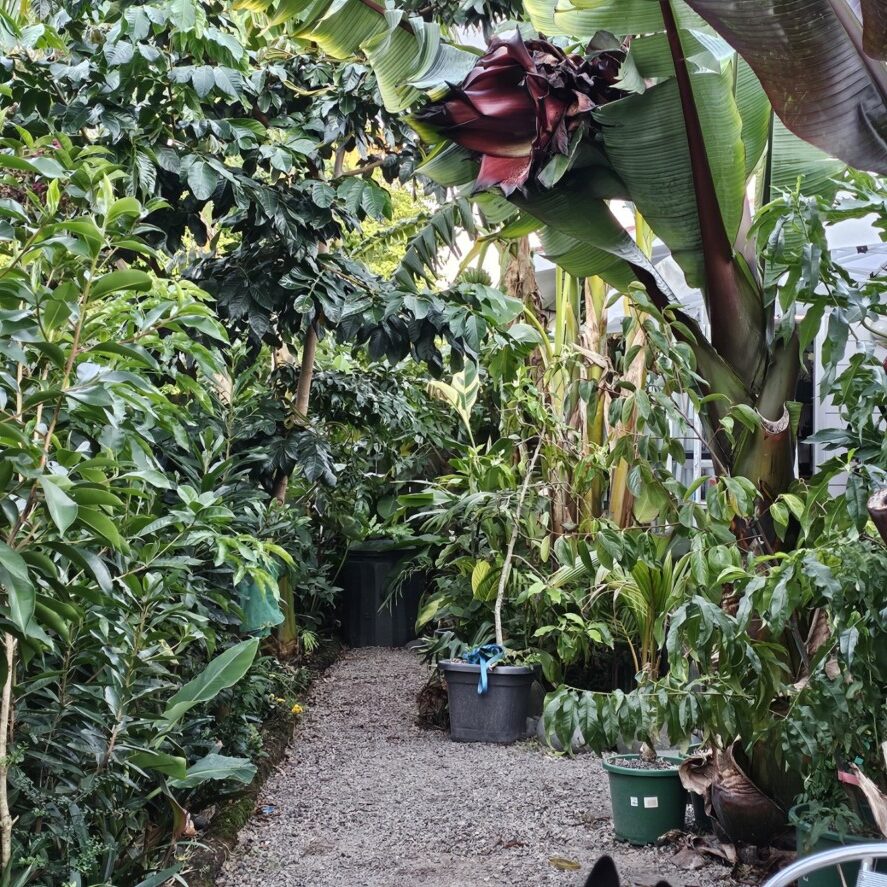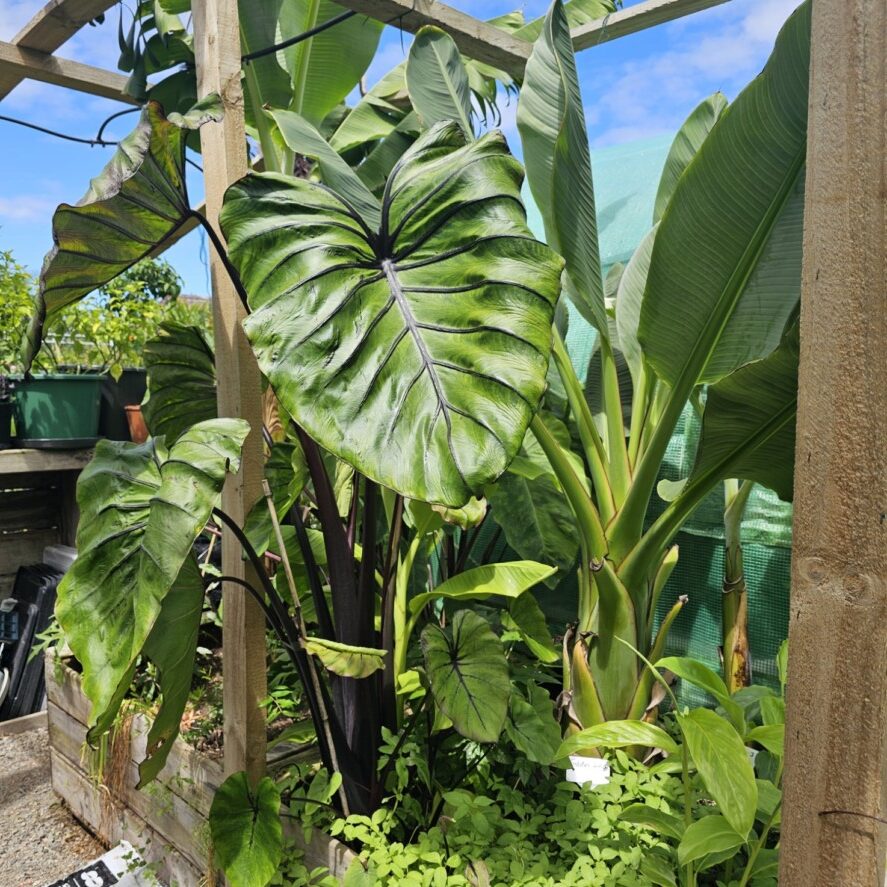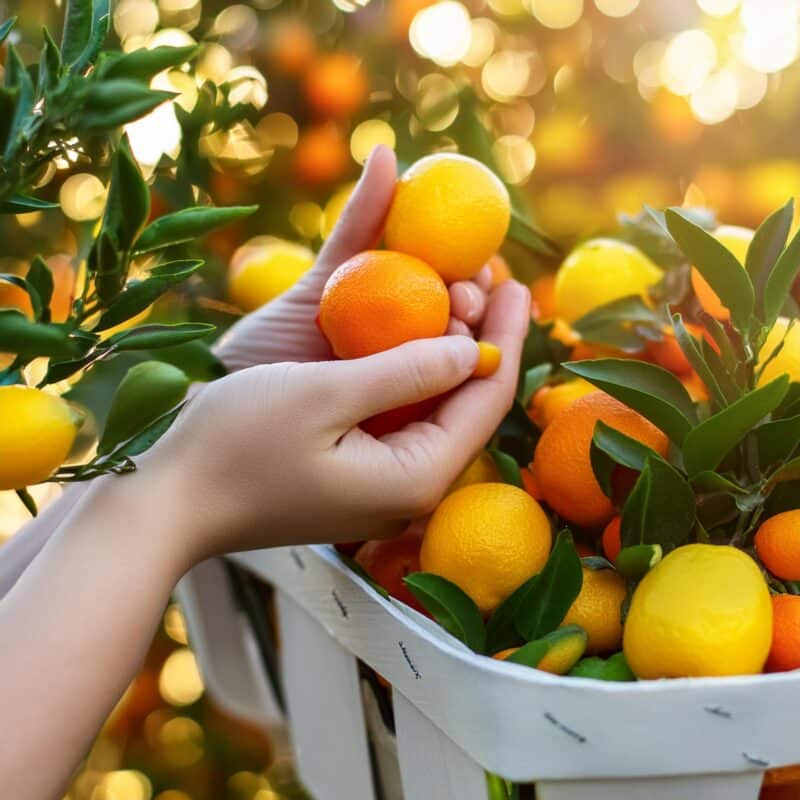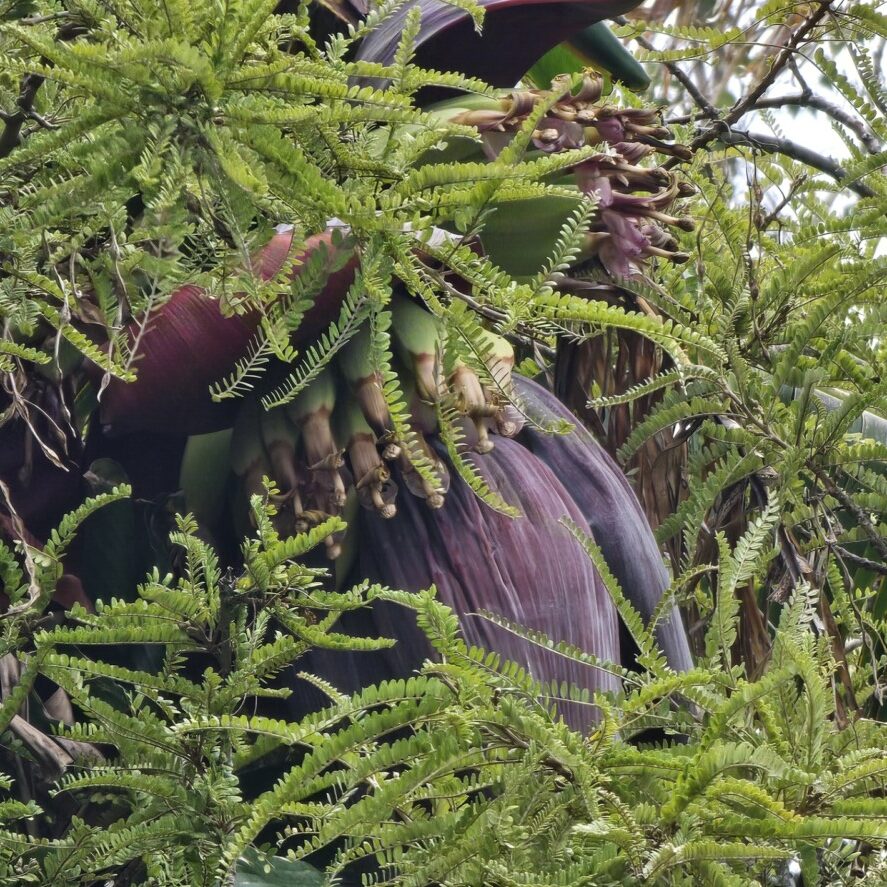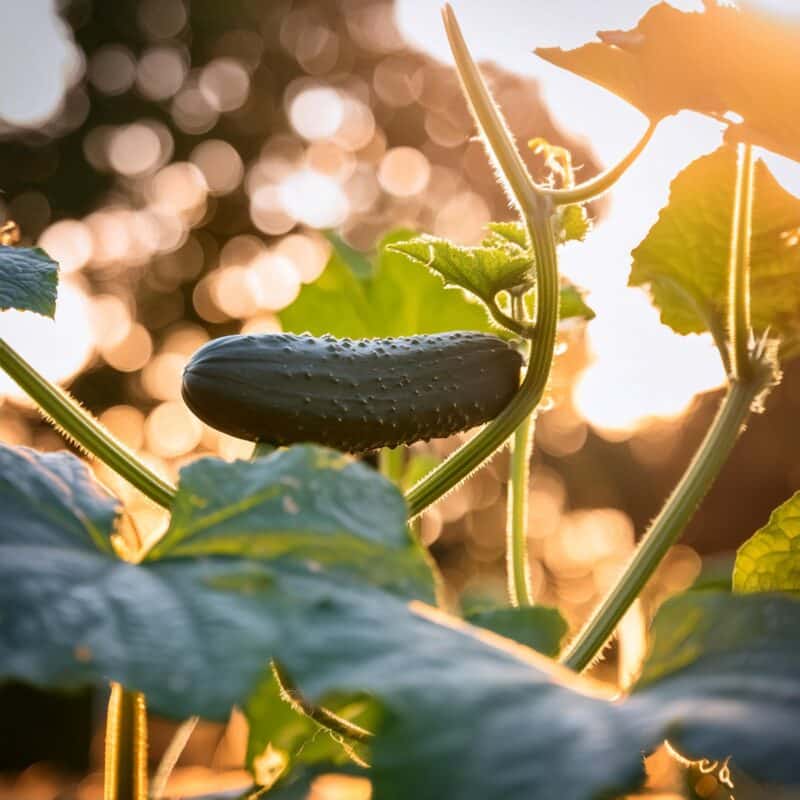-
Troppo Plant & Garden Articles
- Te Puke Region
- TROPPO’s Food Forest in Te Puke, BOP (www,foodforest.org.nz)
- Troppo’s Plant Collection
- TROPPO's Nursery Directory
- Food Forests of New Zealand (www.foodforests.nz)
- Nursery Map - Plant Suppliers of NZ Directory (www.nurserymap.nz)
- Kids Garden Corner
- New Zealand Garden Bird Survey
- New Zealand Garden Groups
- Delicious Recipes
Growing Tropical Plants in NZ: 100 Fascinating Facts You Need to Know
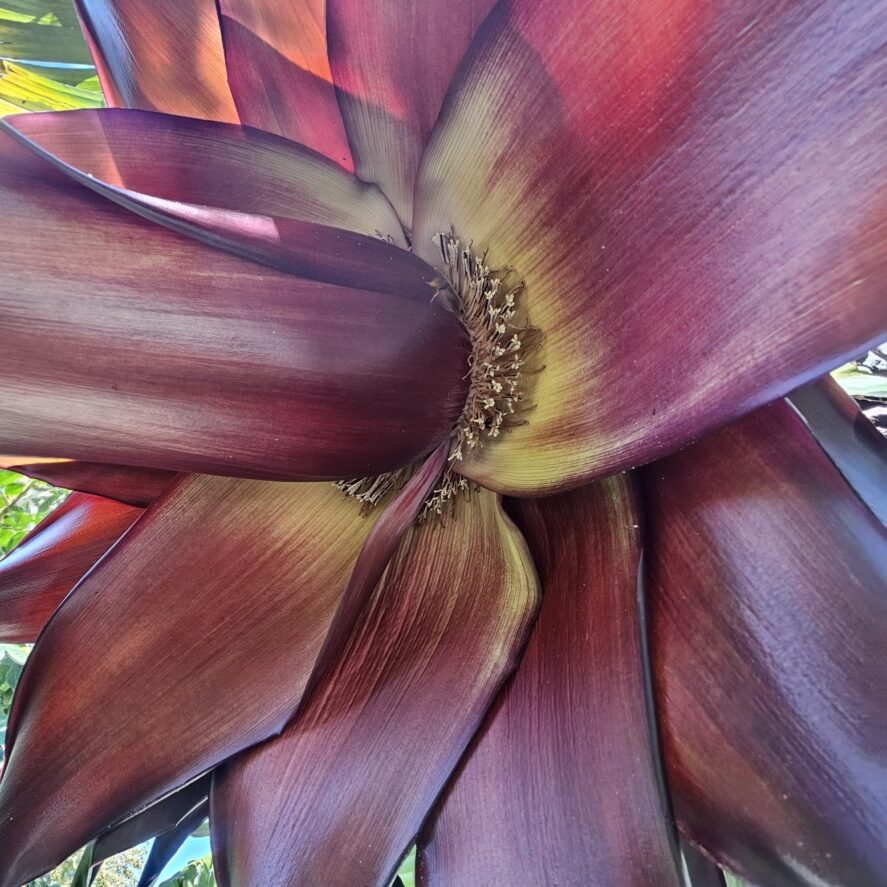
- Here are 100 unique and interesting facts about growing tropical plants in New Zealand:
- New Zealand’s Northland region boasts the warmest average temperatures, making it ideal for many tropical species.
- The Kermadec Islands, despite being part of NZ, experience a truly tropical climate unlike the mainland.
- Frost is the primary limiting factor for successfully growing tropical plants in most of New Zealand.
- Microclimates, such as sheltered patios or against north-facing walls, can significantly aid tropical plant survival.
- Passionfruit (Passiflora edulis) is a widely grown tropical vine that fruits well in warmer NZ areas.
- Bananas (Musa spp.) can produce fruit in frost-free coastal regions of the North Island with adequate care.
- Pineapples (Ananas comosus) are commercially grown in small pockets of northern New Zealand.
- Taro (Colocasia esculenta), or koki, was introduced by early Polynesian settlers and has tropical origins.
- Sweet potatoes (Ipomoea batatas), known as kūmara, are a tropical crop that adapted well to NZ conditions.
- Ginger (Zingiber officinale) thrives in the warm, humid summers of northern NZ.
- Turmeric (Curcuma longa), related to ginger, also requires similar tropical-like conditions to flourish.
- Bird of Paradise (Strelitzia reginae) produces striking, tropical-looking flowers in milder NZ zones.
- Frangipani (Plumeria spp.) with its fragrant blooms is a popular choice for frost-free gardens.
- Hibiscus (Hibiscus rosa-sinensis) offers a continuous display of tropical flowers in subtropical NZ.
- Bougainvillea vines bring vibrant splashes of color to warmer parts of the country.
- Canna lilies, with their bold foliage and bright flowers, add a tropical feel to gardens.
- New Zealand has native tree ferns (Cyathea spp.) that contribute to a lush, tropical ambiance.
- The Nikau palm (Rhopalostylis sapida) is NZ’s only native palm, lending a distinctly tropical touch.
- Even the iconic silver fern (Cyathea dealbata) belongs to a genus with tropical relatives.
- Some orchid species, like Cymbidiums, can be grown outdoors in sheltered, warmer NZ locations.
- Bromeliads, with their diverse forms and often colorful bracts, are increasingly popular in NZ.
- Air plants (Tillandsia spp.) can be easily grown indoors and in protected outdoor spots.
- Bamboo, although varying in origin, creates a dense, tropical screen and grows readily in NZ.
- Citrus fruits like mandarins and lemons are well-suited to the subtropical climate.
- Avocados (Persea americana) are successfully cultivated in the warmer northern regions.
- Mangoes (Mangifera indica) are being experimentally grown in the warmest microclimates.
- Pawpaw (Carica papaya) can fruit in very sheltered gardens in the far north.
- Lychee (Litchi chinensis) cultivation is a small but developing industry in NZ’s warmest areas.
- Geothermal areas in NZ can create naturally warmer microclimates suitable for some tropicals.
- Glasshouses and polytunnels are essential for growing truly tropical plants in cooler regions.
- Well-draining soil is critical for preventing root rot, a common issue with tropicals in NZ’s wetter climate.
- Mulching helps to retain soil warmth and moisture, benefiting tropical plant growth.
- Consistent watering, especially during dry spells, is vital for most tropical species.
- Protection from strong winds is necessary to prevent damage to the large leaves of many tropicals.
- Regular fertilization during the growing season supports the often-vigorous growth of tropical plants.
- Some tropical plants require a cooler winter rest period to induce flowering.
- Propagating tropical plants from seed in NZ can be challenging due to temperature fluctuations.
- Taking cuttings is a common and often successful method for propagating many tropical ornamentals.
- Grafting can be used to cultivate more sensitive tropical fruit varieties onto hardier rootstocks.
- Pests like scale insects and mealybugs can be more prevalent on indoor tropical plants.
- High humidity can encourage fungal diseases in some tropical plants if ventilation is poor.
- Introducing beneficial insects can be an organic way to control pests on tropical plants.
- Companion planting with certain herbs or flowers can help deter pests naturally.
- The ideal soil pH varies among tropical species; some prefer acidic, others neutral.
- Leaf scorch can occur quickly if tropical plants are suddenly exposed to intense sunlight.
- Shade cloth can provide essential protection from the harsh midday sun, especially for young plants.
- Indoor tropical plants generally prefer bright, indirect light to mimic their natural habitat.
- Regularly rotating indoor plants ensures all sides receive adequate light for even growth.
- Misting indoor tropical plants can help replicate the higher humidity they are accustomed to.
- Rainwater is often preferred over tap water for tropical plants due to its lower mineral content.
- Terracotta pots can help prevent overwatering by allowing more air circulation around the roots.
- Self-watering pots can be beneficial for maintaining consistent moisture levels for indoor tropicals.
- Epiphytic tropical plants, like some orchids and bromeliads, require well-draining potting mixes.
- Aerial roots, common in some tropical vines and epiphytes, help absorb moisture and nutrients from the air.
- Dormancy in some tropical plants may manifest as slowed growth or leaf drop during cooler months.
- Bringing frost-tender tropicals indoors during winter is crucial for their survival in many parts of NZ.
- Wrapping outdoor tropical plants with frost cloth can offer a degree of protection during cold snaps.
- Greenhouse heaters can maintain tropical temperatures during winter, allowing for a wider range of species.
- Good ventilation in greenhouses is important to prevent the buildup of excessive humidity and diseases.
- Māori cultivated some native plants with tropical-like characteristics, such as the Cabbage Tree (Tī Kōuka).
- Early European settlers introduced many ornamental tropical plants, driven by a Victorian-era fascination.
- Specialized plant nurseries now cater to the growing demand for tropical plants in New Zealand.
- Garden centers across warmer regions increasingly stock a variety of tropical and subtropical plants.
- Online retailers have made it easier to access a wider selection of tropical plants throughout NZ.
- Plant societies often have subgroups or members with a specific interest in tropical flora.
- Botanical gardens in NZ, particularly in warmer areas, often feature dedicated tropical collections.
- Public gardens in regions like Auckland and the Bay of Plenty showcase successful outdoor tropical plantings.
- Creating tropical-themed gardens has become a popular landscaping trend in suitable NZ climates.
- Utilizing bold, large-leaved foliage is key to achieving a tropical garden aesthetic.
- Incorporating water features can enhance the tropical ambiance and benefit some plants.
- Outdoor furniture made from natural materials like rattan or bamboo complements tropical settings.
- Tiki torches or other Pacific-inspired decor can add to the tropical garden theme.
- The rustling sound of palm fronds in the breeze is often associated with a tropical feel.
- The sweet fragrance of tropical flowers like frangipani can evoke a sense of the tropics.
- Brightly colored tropical flowers often attract native pollinators like bees and tūī.
- Some tropical fruits grown in NZ have a unique taste that differs from commercially imported varieties.
- Tropical fruits can be a good source of vitamins and minerals, adding nutritional value to a garden.
- Importing certain tropical plants and seeds is regulated to protect NZ’s biosecurity.
- Plant quarantine procedures help prevent the introduction of pests and diseases.
- Climate change may potentially expand the areas in NZ where certain tropical plants can thrive outdoors.
- Some introduced tropical plants have the potential to become invasive weeds in NZ’s environment.
- Careful selection of non-invasive tropical species is important for responsible gardening.
- Sustainable gardening practices, like water conservation, are crucial for tropical gardens in NZ.
- Using organic fertilizers can benefit the long-term health of tropical plants and the soil.
- Understanding the specific light, water, and humidity needs of each tropical plant is essential.
- Growing tropical fruits in NZ often requires patience, as some species take several years to mature.
- The diverse textures and colors of tropical foliage can provide year-round visual interest.
- Cultivating a tropical garden can create a relaxing and visually stimulating outdoor space.
- Sharing knowledge and plant cuttings with other enthusiasts can foster a community of tropical gardeners.
- Visiting established tropical gardens can provide valuable insights and inspiration.
- Reading specialized books and online resources can deepen your understanding of tropical horticulture in NZ.
- Experimenting with different tropical plant varieties can lead to exciting discoveries and successes.
- The satisfaction of harvesting home-grown tropical fruits is a unique reward in the NZ climate.
- Even a small collection of carefully chosen tropical plants can bring a touch of the exotic to a NZ home.
- Utilizing vertical gardening techniques can maximize space for tropical climbers and epiphytes.
- Consider the mature size of tropical plants when planning your garden layout to avoid overcrowding.
- Grouping plants with similar humidity needs together can simplify their care.
- Regularly inspecting plants for signs of stress or pest infestation is crucial for early intervention.
- Adapting watering schedules to seasonal changes is important for the health of tropical plants.
- The unique challenge of growing tropical plants in a temperate climate makes it a rewarding horticultural pursuit in New Zealand.
#TropicalPlantsNZ
#NZTropicalGardening
#NewZealandGardening
#NZPlants
#TropicalGardening
#ExoticPlantsNZ
#UniquePlantsNZ
#InterestingFactsNZ
#NZGardenLife
#GrowYourOwnNZ
#SubtropicalGardeningNZ
#WarmClimateGardeningNZ
#PlantFactsNZ
#NZFlora
#BackyardTropicsNZ
#HomeGardeningNZ
#GardenTipsNZ
#NewZealandPlants
#TropicalBloomsNZ
#NZGarden


